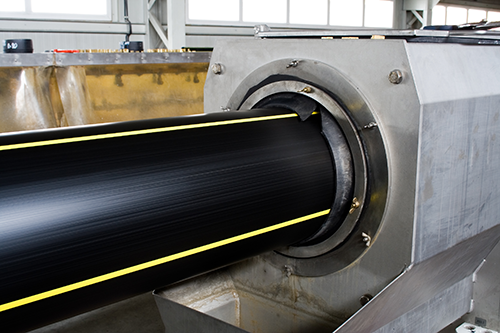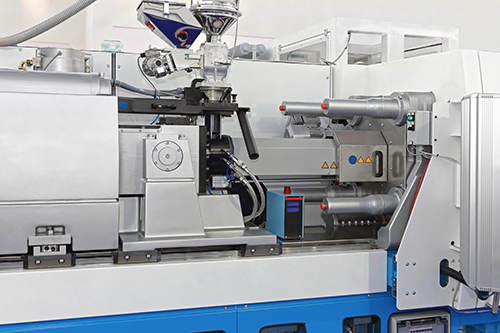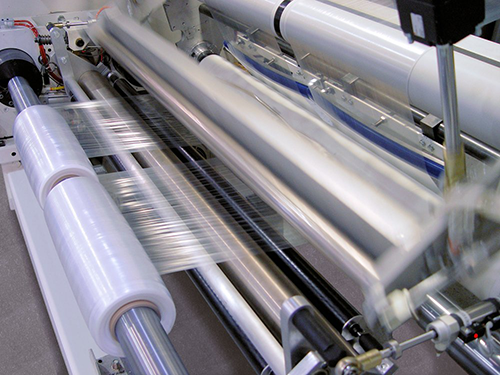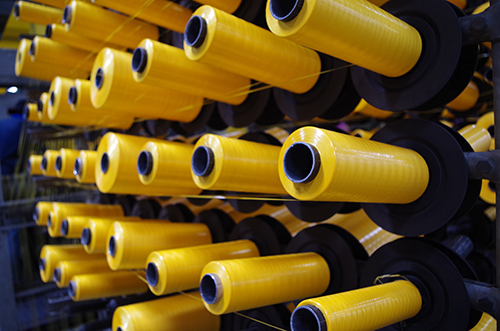Polyolefins
Polyethylene and Polypropylene are thermoplastics and are amongst the most commonly used plastic material in the world. Together, they account for over 50% of the world’s plastic consumption.
Polyethylene (PE)
Polyethylene represents the single largest category of the world’s major thermoplastics, representing over 30% of the global thermoplastic market. PE is a relatively low cost and versatile polymers used in a wide range of molded and extruded applications, including, for example, household & food containers, toys, packaging film and sheet, retail bags, trash bags, geomembranes, pipe, house wrap, pails, crates, caps, closures and bottles. Like other polymers, PE also typically competes against other traditional non-polymer materials such as aluminum, steel, wood, cardboard, and glass.
PE is used by plastic converters to make different kinds of end products utilizing different processes. Film and sheet, representing over 25% of global PE consumption, is by far the largest segment. Film includes multiple applications, ranging from food packaging to trash bags, stretch film, and shrink films. Blow molding and injection molding, combined, consume over 40%, with their individual shares almost equally divided. Blow molded bottles for milk, juice, motor oil, and laundry detergent are the largest single end use within blow molding. Various applications, which themselves differ greatly in size, use injection molding applications. Pipe and profiles is the other major demand segment and accounts for almost 15% of global PE consumption; end uses are concentrated in the construction industry.
There are three broad categories of PE products; High Density Polyethylene (HDPE), Linear Low Density Polyethylene (LLDPE), and Low Density Polyethylene (LDPE). Indorama produces HDPE and LLDPE resins in various MFI grades ranging from 0.3 to 20 and from 1 to 30 respectively.
Polyethylene (PP)
Polypropylene (PP) is estimated to account for over 20% of the global thermoplastic market. Known as a light weight and versatile polymer with excellent chemical resistance along with relatively high rigidity and melting point, PP continues to be used in many applications ranging from automotive parts, carpet fibers, household and food containers, toys, and diapers to high-clarity films. In addition to competition with polyethylene and polystyrene, PP typically competes against other traditional non-polymer materials such as aluminum, steel, wood, cardboard, glass, and paper.
Its largest application globally is for injection molding at 30% of total demand. Injection molding applications cover many major segments such as rigid packaging for food, household containers, and automotive products. Film & sheet, at 25% of total demand, is the second largest segment, most commonly recognized by its major component BOPP (Biaxial Oriented PP) film used for snack food packaging. The last two segments of major significance are fibers and raffia at % and 20% respectively. The fibers segment would encompass the non-woven market (i.e., diapers and hospital gowns) and raffia is most commonly used to produce flexible woven bags.
There are three types of PP products; homopolymer, random copolymer, and impact copolymer. We produce homopolymer and copolymer PP resins in various MFI grades ranging from 3 to 40 and from 4 to 100 respectively.





